Harnessing the Power of UV-C to Boost Nutritional Content in Fruits and Vegetables
As a Clinical Nutritionist, I’m excited to share with you a topic that holds immense promise for the future of chemical-free food and beverage production and quality control: the role of UV-C irradiation in increasing the nutritional content of fruits and vegetables.
Research has shown that UV-C irradiation, encompassing wavelengths between 200 and 280 nanometers, can have a profound impact on the postharvest storage of fruits and vegetables [1]. By acting as an abiotic stressor, UV-C treatment induces the activation of defense systems in plants, triggering the production of signaling molecules that fortify the produce against diseases and pests.
Let us delve into the scientific evidence supporting the beneficial effects of UV-C on nutritional content. Numerous studies have demonstrated that UV-C radiation stimulates phenolic metabolism in fruits and vegetables, leading to increased levels of bioactive compounds such as polyphenols and antioxidants [1]. For instance, research on strawberry slices irradiated with UV-C revealed elevated antioxidant content in comparison to non-irradiated samples [3]. These findings suggest that UV-C treatment can potentially enhance the nutritional value of our fresh produce.
Moreover, UV-C irradiation has shown tremendous promise not only in enhancing nutritional content but also in minimizing the deterioration processes associated with postharvest storage [4]. By reducing respiration rates, controlling the formation of undesirable compounds, delaying maturation, and minimizing browning processes, UV-C treatment extends the shelf life of fruits and vegetables while preserving their quality.
In recent years, innovative technologies such as UV-C LED water treatment and 222nm far UV-C have emerged as potential game-changers in the field of food and beverage industry quality control. While UV-C LED water treatment aids in ensuring the safety and purity of water used in food production, 222nm far UV-C holds tremendous promise in reducing microbial contamination on surfaces without posing harm to human health [2]. These advancements pave the way for a safer and more sustainable food supply chain.
As we strive to create a healthier future for ourselves and the generations to come, exploring the benefits of UV-C irradiation in increasing nutritional content and improving quality control becomes paramount. By harnessing the power of science and technology, we can unlock new possibilities for nourishing our bodies and protecting our environment.
In conclusion, UV-C irradiation exhibits the potential to revolutionize the nutritional landscape of fruits and vegetables. Through peer-reviewed studies and ongoing research, we are gaining a deeper understanding of how UV-C can enhance the nutritional content of our fresh produce while preserving their quality. The advent of UV-C LED water treatment and 222nm far UV-C further amplifies the transformative impact of this technology. Let us embrace this knowledge and work together to ensure a healthier, more sustainable future for all.
Thank you for your time and dedication to promoting healthier food and beverage UV-C disinfection technology choices. Together, we can make a meaningful difference with UV-C.
Written by: Arely Guerrero Valderrabano L.C.N.
References:
[1] Science Direct: UV treatment improved the quality of postharvest fruits and vegetables by inducing resistance - https://www.sciencedirect.com/science/article/abs/pii/S0924224418305120
[2] Science Direct: Effect of ultraviolet irradiation on postharvest quality and composition of foods - https://www.sciencedirect.com/science/article/abs/pii/B9780128219126000110
[3] NIH: Ultraviolet light‐C increases antioxidant capacity of the strawberry (Fragaria x ananassa) in vitro and in high‐fat diet‐induced obese rats - https://www.ncbi.nlm.nih.gov/pmc/articles/PMC5608977/
[4] Science Direct: Impact of irradiation on physico-chemical and nutritional properties of fruits and vegetables: A mini review - https://www.sciencedirect.com/science/article/pii/S240584402202206X


